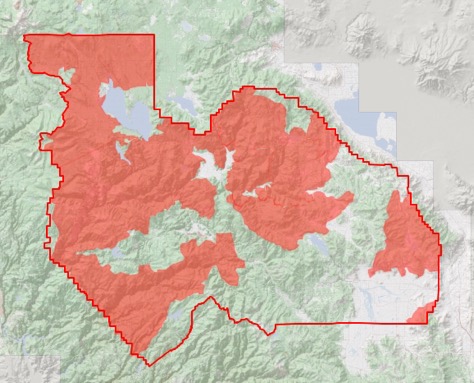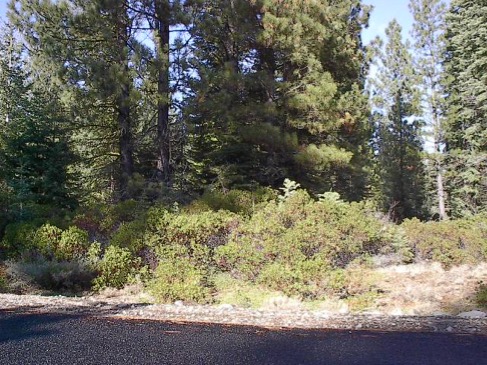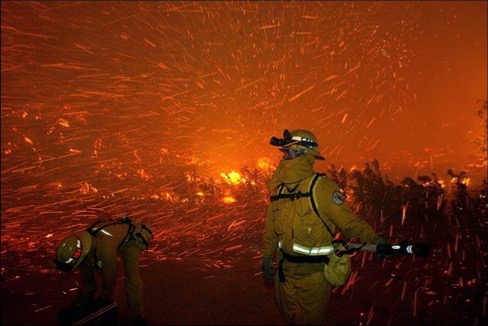SOME CONCERNS
The forests in our region are both a source of beauty and a source of safety concerns. This page highlights some of the principal issues and factors associated with living in this kind of environment.
Regional Fire History
There is no question about the existence of fire dangers in our part of the state. This region has experienced numerous large wildland fires over the years, and we can realistically expect to see more in the future. The map below combines the burn scars of large nearby fires in Plumas County just since the year 2000. Approximately 55% of the land area of the county has been visited by fire during that period, in some cases more than once. But the good news is that we as residents CAN make a difference in the survivability of our homes and neighborhood, IF we make a commitment to do so.

The Natural Fuels Around Us
Grass, brush and trees are all combustible fuels that can be ignited and then carry fire to adjacent fuels (including structures). A green appearance does not mean that the vegetation is safe from fire. Once the vegetation dries out during the warm summer months it only takes a small ignition source to start a fire (an ember from a campfire, a spark from a dragging trail chain, a discarded cigarette, a lightning strike). This is why there are such significant restrictions on flame-producing or spark-producing activities during the warm period. And, when the vegetation grows together as shown in this figure, where grass, brush and lower tree limbs are intermingled, it forms a "fuel ladder" that allows a small fire on the surface to quickly get into the tree crowns, producing a deadly and difficult to stop "crown fire." Separating those fuels, to avoid fuel ladders and crown-to-crown contact, is an essential hazard mitigation measure.

Ember Attacks
When a fire gets going, countless small embers are produced. These can be lifted aloft by updrafts and then carried significant distances by winds. These lit particles, much like lit matches, can easily ignite susceptible fuels well ahead of the main fire front. During the Dixie Fire, for example, scattered embers fell on Lake Almanor West when the fire front was still several miles away. Closer to the flame front, "ember blizzards" such as pictured below often blow horizontally into nearby fuels and structures. These small particles can find their way into firewood stacks, into small openings in structures or onto combustible materials that might otherwise be relatively protected from flames.

Complacency
Once we have done an initial cleanup of a parcel it is tempting to sit back, relax and assume that everything is now right with the world. Unfortunately, our natural fuels and our household clutter tend to gradually accumulate, leading to an unsafe condition. The best approach is to assume that each year will bring a need to again inspect our parcel and deal with any buildup of fuels or debris. It is truly amazing how much natural litter can appear once the snow disappears in the spring.
It is also important to recognize that nearby fire suppression resources are quite limited in number. A large wildland fire will quickly overwhelm the assets available in the Lake Almanor basin. Outside assistance is essential, as was dramatically demonstrated during the Dixie Fire. The survival of our homes during such an event will largely depend on how much preventative action we have taken BEFORE fire approaches. Making our homes fire resistant / fire resilient is OUR individual responsibility.


